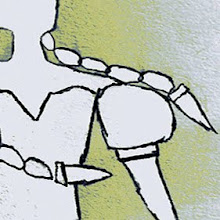Bar Island and Mt. Desert Mountains (1850)
Fitz Henry Lane (1804–1865), also known as Fitz Hugh Lane, was an American artist of a style that would later be called Luminism, for its use of pervasive light.
All life long he was exposed to the sea and maritime life. His family lived upon the periphery of Gloucester (MA) Harbor's working waterfront and his father was a sailmaker. Fitz Henry 'Hugh' Lane went to Boston, took lessons in drawing and painting and became a marine artist.
Arrangements and techniques that he would consistently incorporate in the composition of his artworks:
• Nautical subject matter
• Depiction of various naval craft in highly accurate detail
• Over-all extensive amount of detail
• Distinctive expanse of sky
• Pronounced attention to depicting the interplay of light and dark
• Nautical subject matter
• Depiction of various naval craft in highly accurate detail
• Over-all extensive amount of detail
• Distinctive expanse of sky
• Pronounced attention to depicting the interplay of light and dark
(Wiki for more.)
Becalmed off Halfway Rock (1860)
Blue Hill, Maine (c. 1857)
Boston Harbor at Sunset (c. 1855)
Castine, Maine (1850)
Lumber Schooners at Evening on Penobscot Bay (1860)
Ships in Ice off Ten Pound Island (1850s)
Stage Rocks and Western Shore of Gloucester Outer Harbor (c. 1857)
On the waterfront, the house/studio in Gloucester (MA) that Fitz Henry Lane designed and lived in till the end of his life still exists.
© John Phelan (2010)









